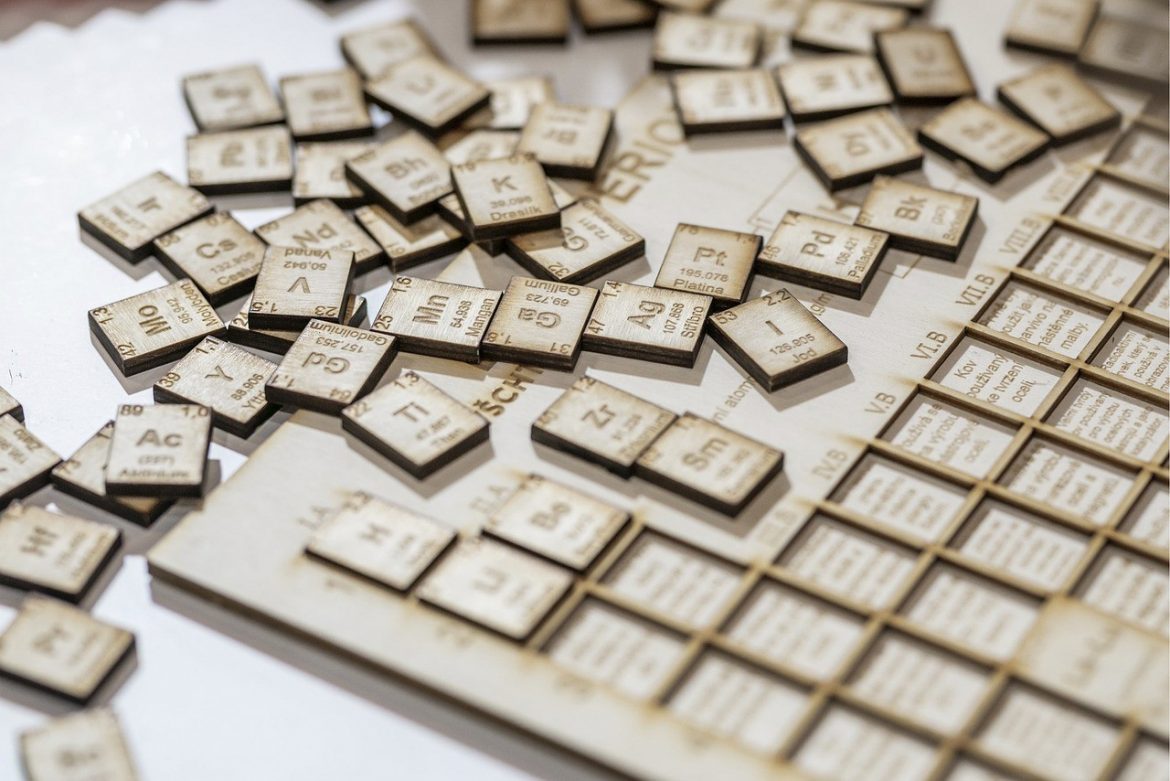Remember? Atoms are made of electrons, neutrons and protons. Elements are made of atoms, and they are arranged in the periodic table.
The Structure of the Periodic Table
The periodic table has 7 rows and 32 columns. Each position represents different properties. You need to understand the outer layer needs 8 electrons to be stable. So, if one electron is missing like fluorine and chlorine, or one electron is added like lithium and sodium, these elements are unstable and active. The last column is nobel gases, which are inactive because their outer layers have 8 electrons, which makes them stable.
There are only 8 varieties, but why is it so long? That’s because there are transition metals. They have 1 to 2 electrons in the outer layer, but it changes in the second-outermost layer is the key. (For lanthanides and actinides, the third-outermost one is.)
There are also alkali metals, alkaline earth metals, post-transition metals, metalloids, reactive non-metals and noble gases.
Allotropy
Although the elements compounds consist of can be the same, it can be a very different thing. Like carbon, it can be very soft as graphite or very hard as a diamond. These are allotropes, and they depend on the structure of the molecule.
Like an oxygen molecule, which is made of 2 atoms, is essential for life. If one more atom joins the molecule, it would become ozone and it is harmful if inhaled although it is also important.
Moreover, because elements in the air are often active, they mostly come in groups of 2. Sulfur is a bit special because they usually gather in groups of 8.

Stable molecules
If a compound involves metals, it is an ionic molecule. For example, table salt is sodium chloride. When an individual chlorine atom receives an electron and sodium loses it, it makes the ionic compound because they are made up of ions. They keep stable because of the opposite electric charge.

If a compound doesn’t involve metals, it is not ionic. The atoms share a certain amount of their electrons to make both of them stable. For example, if an oxygen atom and two hydrogen atoms meet, they will share their electrons in the outer layers and you get… water!

Media Credit: wikipedia.org

